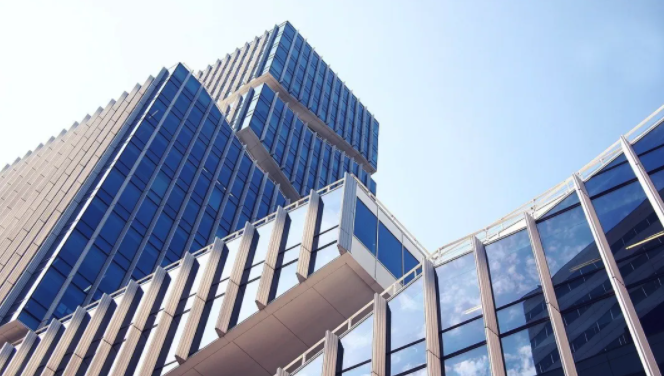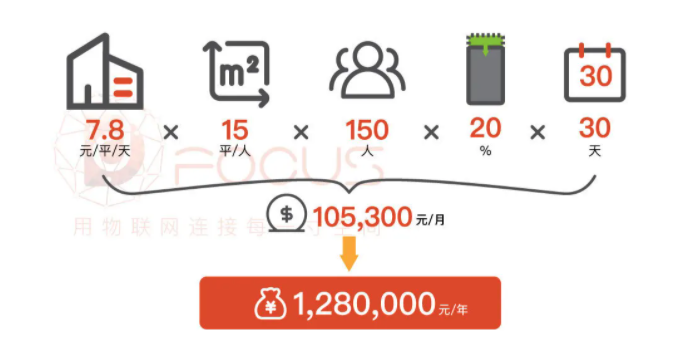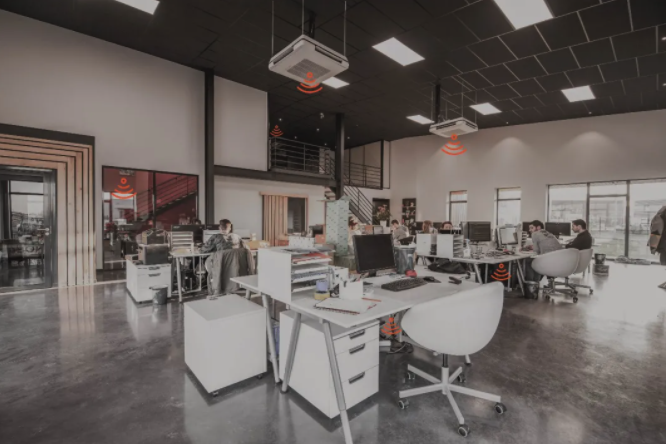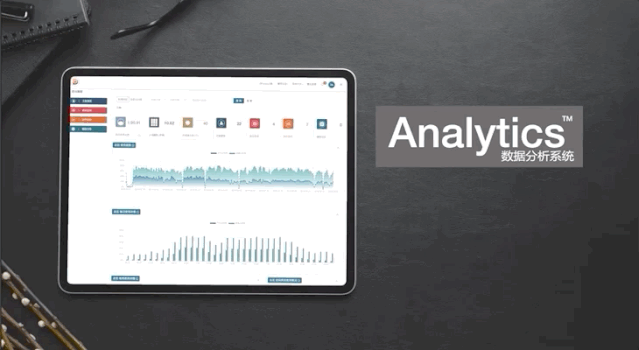In the post-epidemic era when the novel coronavirus (COVID-19) has been controlled at large, enterprise managers are still actively trying various internal measures to reduce cost and increase efficiency for early recovery of operation. How to explore opportunities from the crisis? Let's start with office space, a major cost.
The impact of COVID-19 on the global economy continues, with a severe stagnation of economic activity in Europe and the US in the first quarter. Cost comes to be focus of most business management. But chances often accompany a crisis. It is high time to check the internal costs that used to be ignored. As the second largest cost expenditure, office space leasing is one of the most promising points for cost saving.

At present, the management of office space in most enterprises is not specific enough. We often face such questions as "How much vacant space is there in the enterprise?", and "What is the actual office cubicle utilization rate?”. Most real estate managers can only give an estimated or imagined value, which conceals much potential costs that can be optimized. Let's see some figures:
According to Gartner Group, for an average tech worker, only 40% of his/her time is spent at a office cubicle.
According to a Jones Lang lasalle (JLL) 2019 report, 25% of respondents in the Asia-Pacific region said the vacancy rate of their office space was about 30-39%, while the average space utilization rate of all regions in the world was only 60-68%.
Office space data released by Wework also reveals an average utilization rate of 50% in conference rooms and even lower office cubicle occupancy rate.
Surprised? The true use of the office space is vastly diffident with what we imaged! Let's do some simple calculations:
According to a new report from Savills, in the first quarter of 2020, the average rental for grade-A office in shanghai is 7.8 RMB /m2 /day. Supposing each employee uses 15 square meters, a small or medium-sized enterprise with 150 employees can save RMB105,300 yuan each month, or RMB1.28 million yuan each year, if this company can reduces 20% of its space unused or that with very low utilization rate.

These impressive costs were not fully explored in the past, as intuitive space assessment tool and data on real space utilization was unavailable to managers to a large extent. In fact, mature space management tools are available both at home and abroad. These tools can help businesses better understand the use of their office space. Typically, space occupancy sensors are used to collect space utilization data and send the data to cloud computing platform before they are displayed in the graphical user interface in a real-time way on the Dashboard, so that enterprises can learn the following space uses by easy clicks.
Average occupancy rate and duration of each type of space (office cubicle, rest area, collaboration area, etc.) in different time periods in the past
Meeting rooms of different capacities and their utilization rate and duration of use
The occupancy peak of each type of space and corresponding periods
The office cubicle utilization rate of different departments
Digital heatmap of office space
The ratio of staff office cubicle in the enterprise
......

The data provided by the space management platform is the basis to rational space planning and a support for enterprise managers to make space strategies in future. According to 2019 Occupancy Benchmarking Guide released by Jones Lang Lasalle (JLL), 77% of respondents said, at present, the real estate group's primary goal is to improve the space data accuracy, including other aims of optimizing office space portfolio, decreasing overall office space cost, improving use of occupancy rate data in strategic space planning. With accurate space data, administrators can decide how to reduce the real estate cost by rational reduction of office area, or how to cushion the pressure from headcount growth in future by optimizing the space (such as introducing ABW office mode).

It is unknown when COVID-19 will end its impact on the economy, but it is urgent for enterprises to cut cost and improve efficiency. It helps save immediate cost, impose favorable effects on space experience and working efficiency improvement, and optimize office space management if enterprises can test their office space with professional space management tools.